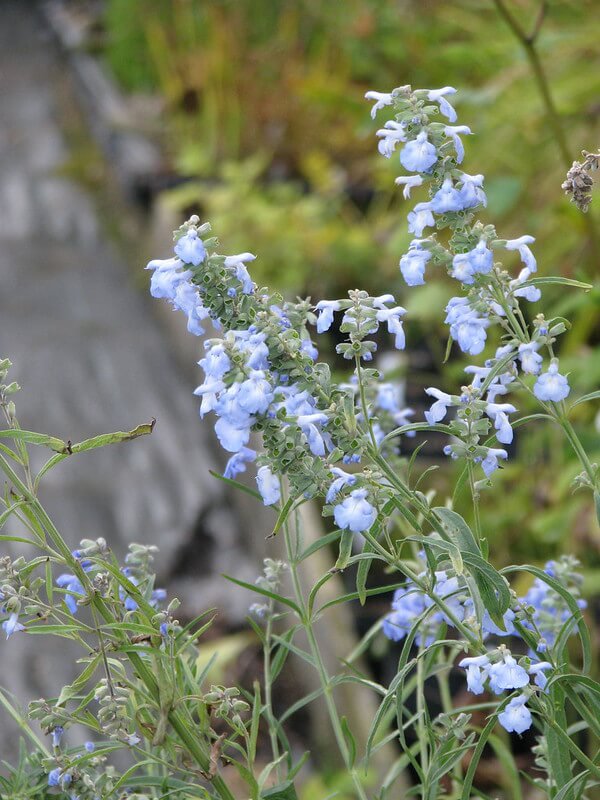Life Cycle: Perennial
Sun Exposure: Full, Partial
Soil Moisture: Medium, Medium-dry, Dry
Height: 5 feet
Plant Spacing: 1.5-2 feet
Bloom Time: August-October
Bloom Color: Light Blue
Advantages: Pollinator Favorite, Bird Favorite, Deer Resistant, Great Landscaping Plant
Host Plant: 10 species of butterflies and moths use this as a caterpillar host plant in our area (nwf.org)













